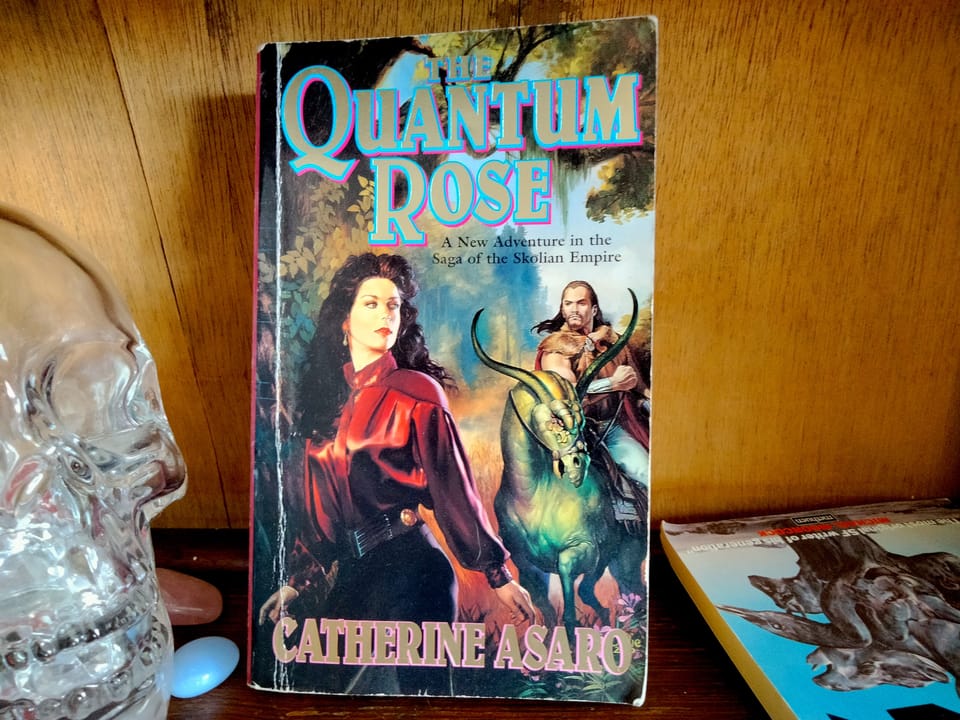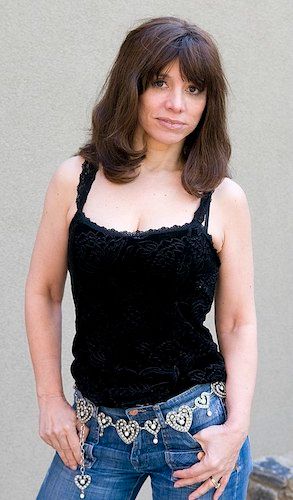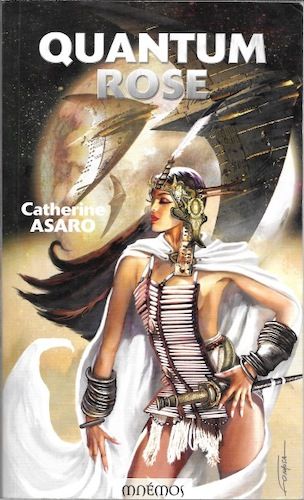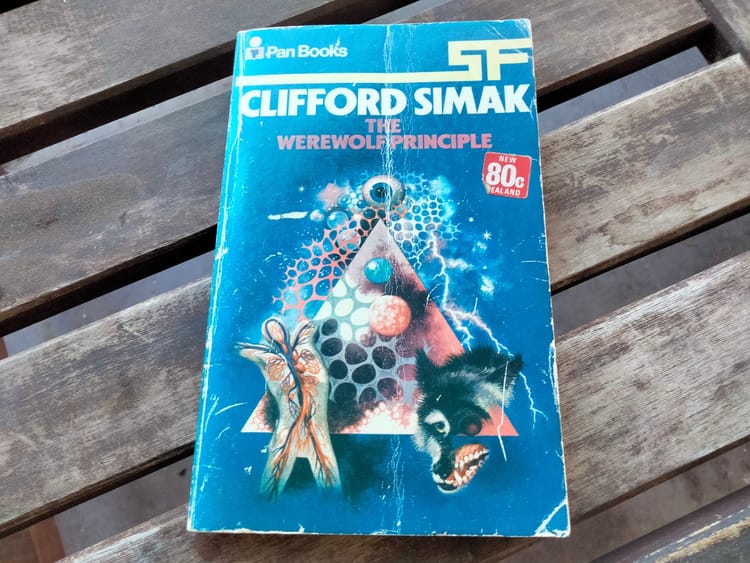Love and Hate in Superposition: "The Quantum Rose" by Catherine Asaro

Content warning: this post contains some discussion of sexual violence.
When I first spotted Catherine Asaro’s The Quantum Rose at my local secondhand book store, I was dubious. For one thing, it was published in 2000, a little later than most of the books I review on this blog. For another, it looked like it might be a romance novel, a genre that I generally dislike. I actually left it on the shelf that day, looked it up online, and went back for it a week later. My interest had been piqued by what I read about the book: that yes, it was a romance novel, but it was also an elaborate allegory for the mechanics of quantum physics.
Catherine Asaro has the kind of biography that makes you feel exhausted just reading it. In addition to publishing over 20 sci-fi and fantasy novels, she has been a ballerina, jazz dancer and professional singer. She also has a PhD in molecular physics.
In The Quantum Rose, Asaro uses the tropes of romance fiction as an analogy for the basic interactions of quantum physics. The classic love triangle, with two men vying for the affections of the heroine, represents the interactions of three subatomic particles with intersecting wave functions. (In case it isn’t obvious, I do not have a PhD in quantum physics, so I apologise in advance for any terms used incorrectly.)

The novel's heroine is Kamoj Quanta Argali, a young noblewoman on the alien planet of Balumil. Abandoned by an interstellar empire many centuries ago, her people have reverted to a feudal society, and have only the vaguest idea of other worlds beyond their own. Kamoj is betrothed to marry the cruel and dominating Jax Ironbridge, a political union that is crucial for her people’s long-term survival due to Ironbridge’s superior resources.
These plans are disrupted by the arrival of a mysterious stranger from beyond the stars. Vyrl Lionstar has recently arrived in the province, bringing fabulous technology the locals don’t understand. After he spots Kamoj bathing in the woods, Vyrl becomes enamoured of her, and makes a marriage offer with a dowry so high that neither Jax nor Kamoj’s family can match it. By Balumil law this means Kamoj has no choice but to marry Vyrl; so the stage is set for a classic enemies-to-lovers romance.
The three characters of Kamoj, Jax and Vyrl correspond to three particles in a quantum interaction. This isn’t an obscure reading of the text. Asaro explains it all quite clearly in her afterword:
In The Quantum Rose, Kamoj, Vyrl, and Jax play the parts of particles 1, 2, and 3 respectively. The Chapter 1 subtitle, First Scattering Channel, refers to Kamoj and Jax together, with Vyrl in the role of a free particle. Soon, however, Vyrl and Kamoj form a pair (a new channel) and Jax is on his own (free particle).
As the three characters come together and split apart in different configurations, they represent the particles transitioning between different states. Each chapter of the book is titled with a relevant technical term such as “Capture Amplitude” or “Metastable State”. Asaro isn’t afraid to have fun with this: the chapter where Kamoj and Vyrl first have sex is titled “Vibrational Coupling”.
What's more impressive is that this quantum theme doesn’t just apply to the overall plot. It runs through every level of the book, from worldbuilding to characters to prose. Many of the minor characters have physics-themed names, such as Amperman, Photax, or Lyode (short for “Light-Emitting Diode”). This isn't just a winking reference, either: it has an in-world explanation that reveals something about the history of Kamoj’s culture.
Even the prose is quantum-themed. Descriptive passages often linger on light and shadow, with special attention paid to unusual spectral phenomena such as rainbows, glories and auroras.

One early scene has Kamoj mediating a dispute between two farmers over a patch of land. One of the men was so impressed by the other’s juggling ability that he rashly exclaimed he would hand over his field in exchange for a performance. Now he wants to renege on the deal. Kamoj resolves the matter by ordering the two men to work together and share the field’s profits.
At first glance, this incident seems quite bizarre. But it begins to make sense if we read it as a dramatisation of molecular physics. If I’m not mistaken, the two juggler’s balls represent electrons, and the contested field is the bond between two atoms that form a molecule.
Picking out all these little details is fun, in a Where’s Wally sort of way. But does the book work on an emotional level?
As I said at the top, I’d previously held a fairly low opinion of romance as a genre. My general impression was that most romance novels were, at best, simple pornography, and at worst, actively regressive texts that romanticise abusive relationships. I’ve certainly enjoyed a few of the classics, like Pride and Prejudice and The Tenant of Wildfell Hall. But my most common interaction with romance books has been in my job as a librarian, where I regularly re-shelve large numbers of ugly, cheaply produced novels with titles like Claimed By the Billionaire Sheik or The Surgeon's Baby Bargain.
Would The Quantum Rose make me revise my opinion? At first it seemed unlikely. The power imbalance between Kamoj and Vyrl is so huge that it almost feels like self-parody. Vyrl comes from an spacefaring empire with advanced technology; Kamoj doesn't even understand the concept of “outer space”. Vyrl is fabulously wealthy; Kamoj is barely able to make ends meet. Vyrl is also a prince (of course), plus he’s telepathic so he can read Kamoj’s thoughts whenever he wants. And just to round out the romance trope bingo card: he’s three times her age (but it’s fine because he looks young).
I was pleasantly surprised to find that most of these power imbalances actually do get addressed in the story itself. Later in the book, Vyrl expresses regret for meddling senselessly in Kamoj’s culture, and he is also criticised by others for the way his vast wealth has distorted her people’s economy. Likewise the age gap is brought up as a cultural misunderstanding. All these problems are used as ammunition by Jax Ironbridge as he tries to reclaim Kamoj for himself, and the book does a good job of showing that despite being a brutish villain, Jax has some legitimate points to make about cultural imperialism.

The novel is still far from perfect. Vyrl’s transformation from bad boy to gentle lover happens way too quickly to be believable. And the last third of the book is very dull, discarding the love triangle in favour of some very boring space politics.
Still, there are certain scenes where the quantum allegory and the romance tropes come together to create something genuinely nuanced and moving.
With both Jax and Vyrl, Kamoj finds herself trapped in an ambiguous emotional state, somewhere between fear and desire. In both cases she is forced into the relationship: first through Vyrl’s overbearing wealth, and later by Jax’s outright kidnapping. In both cases she does what so many women throughout history have done in this situation: she tries her best to adapt. She looks for love even in the depths of coercion.
The image of multiple probability waves overlapping, uncertain and unstable, is a powerful metaphor for Kamoj’s struggles. In the circumstances she is placed in, concepts like desire, love and consent are rendered painfully ambiguous. Kamoj’s feelings toward Jax as her abuser are, indeed, in quantum superposition:
As always when his mood eased this way, she felt intense relief mixed with an emotion harder to define. Hate? Or love? It hurt so much.
Ultimately, in his quest to possess Kamoj, Jax goes so far as to kidnap and rape her. Yet even after this horrific moment, she continues to appease him, anticipate his moods, and soothe his anger. This is a strategy of self-preservation in an unbearable situation. At this point Kamoj believes Vyrl has abandoned her; with no other options available, making peace with her abuser is a matter of survival. Later on, this crime is debated by agents of the Imperial Space Command, trying to determine if they can charge Jax under interstellar law. The prosecutor states firmly that Kamoj had not given her consent. Kamoj herself merely repeats the word “consent” over and over in her mind, as though trying to make sense of an alien concept.
In reading these scenes, I began to think that maybe this is what romance novels, in general, are really about. That perhaps they are not just shallow wish-fulfilment, but are actually dealing seriously with the dilemmas faced by women in patriarchal societies, the ambiguous emotional terrain they are forced to navigate.
Perhaps this idea won’t seem very new to regular readers of the romance genre. Or perhaps Catherine Asaro simply did a better job than most of bringing these themes to the fore. I doubt I’ll be looking for complex feminist insights in Claimed By the Billionaire Sheik any time soon, but I'll treat it with a little more respect next time I put it back on the library shelf.
Availability: The Quantum Rose can be found fairly cheap on used book sites or purchased new from Asaro’s own website. It’s also available as an e-audiobook but, weirdly enough, not as a regular ebook.
You can find me on Twitter @roguesrepast, on Bluesky @gnipahellir.bsky.social, or email me at paperbackpicnic@gmail.com.





Member discussion